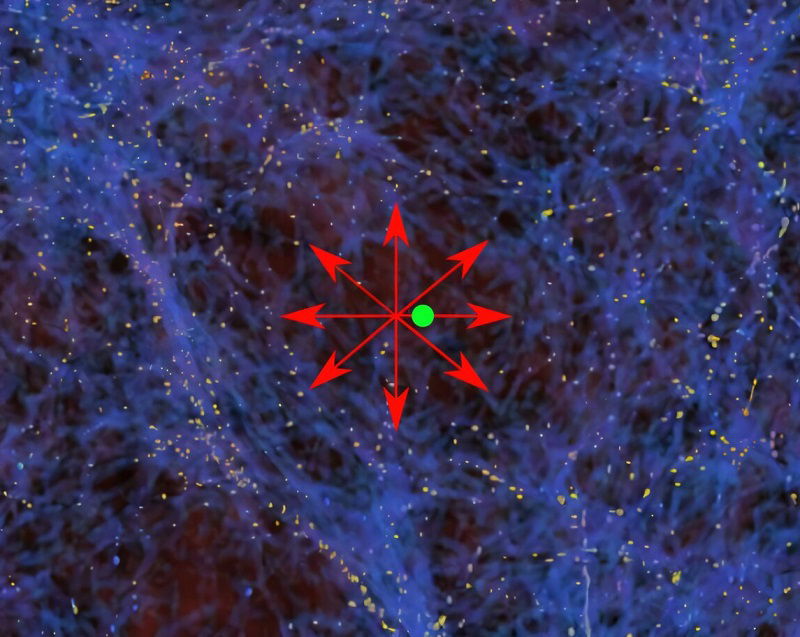Knowridge
13h
253

Image Credit: Knowridge
We may live in a giant cosmic void—and it could solve a big mystery
- Astronomers propose that Earth and the Milky Way galaxy may be situated in a large cosmic void, which could explain the Hubble tension, a discrepancy in measuring the universe's expansion rate.
- The concept suggests that a less dense region like a void could cause nearby matter to move away faster, giving the illusion of a quicker local expansion rate.
- New findings presented by Dr. Indranil Banik indicate that our local universe might be less dense, supporting the idea of a massive void about a billion light-years wide with 20% less matter than average.
- While controversial, recent data on baryon acoustic oscillations (BAOs) favor the void theory over the standard model, providing a statistical edge in favor of the concept.
Read Full Article
15 Likes
For uninterrupted reading, download the app